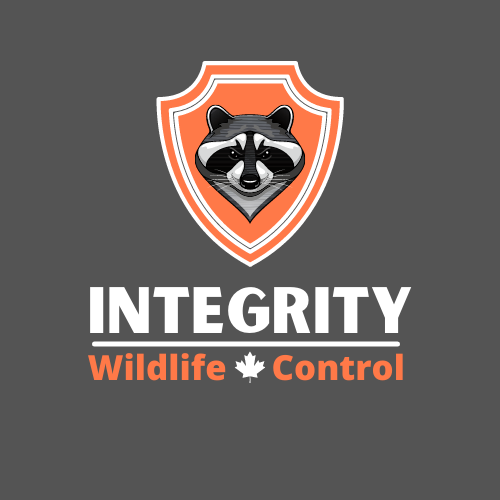Observing wildlife in its natural habitat can be a fascinating experience, whether you’re a casual nature enthusiast or a professional researcher. But did you know that reporting wildlife sightings can also play a crucial role in conservation efforts? By sharing your observations with the relevant authorities, you can contribute valuable data that helps protect and preserve these precious species.
One of the most common reasons for reporting wildlife sightings is to aid researchers in their efforts to study and monitor different species. By recording your observations and sharing them with local conservation organizations or research institutions, you can help scientists gain a better understanding of the distribution and behavior of various wildlife species. This data can then be used to inform conservation strategies and management plans aimed at protecting these species and their habitats.
In addition to assisting with research efforts, reporting wildlife sightings can also help conservationists track the movements of endangered species and assess the health of their populations. By reporting sightings of rare or threatened species, you can provide valuable information that can be used to guide conservation initiatives and ensure the survival of these vulnerable animals.
So, how can you report wildlife sightings for research and conservation purposes? There are several ways to go about it, depending on the species you’ve observed and the level of detail you’re able to provide.
One option is to report your sightings to local conservation organizations or nature reserves. Many of these organizations have dedicated programs for collecting wildlife data from the public, and they can provide guidance on how to submit your observations.
Another option is to use online platforms and mobile apps that are specifically designed for reporting wildlife sightings. These tools often allow you to upload photos, record GPS coordinates, and provide additional details about your observations, making it easier for researchers to verify and analyze the data.
If you’re not able to report your sightings directly to a conservation organization, you can also consider sharing your observations with citizen science projects or online databases that collect wildlife data from volunteers. These projects rely on the efforts of everyday people like you to monitor and track wildlife populations, making them an invaluable resource for research and conservation efforts.
In conclusion, reporting wildlife sightings can be a simple yet effective way to contribute to research and conservation efforts. By sharing your observations with the relevant authorities, you can help scientists gain valuable insights into the behavior and distribution of different species, ultimately contributing to the protection and preservation of our precious wildlife. And remember, if you’re ever in need of critter control services, be sure to research and compare critter control prices to find the best option for your needs.
For more information visit:
Integrity Wildlife Control
https://www.integritywildlife.ca/
Integrity Wildlife Control
Canada’s premier wildlife, pest, and animal removal and control company.
Backed by 20 years of experience, Integrity Wildlife Control is the company to call for permanent wildlife control
and wildlife removal in Hamilton and the Greater Toronto Area. Our four-step process identifies and removes unwanted wildlife from your home or business. We then repair all damage and prevent wildlife from returning. Our wildlife removal process provides effective and affordable solutions and includes a
money-back guarantee and a lifetime warranty.
Integrity Wildlife Control provides service you can trust.

